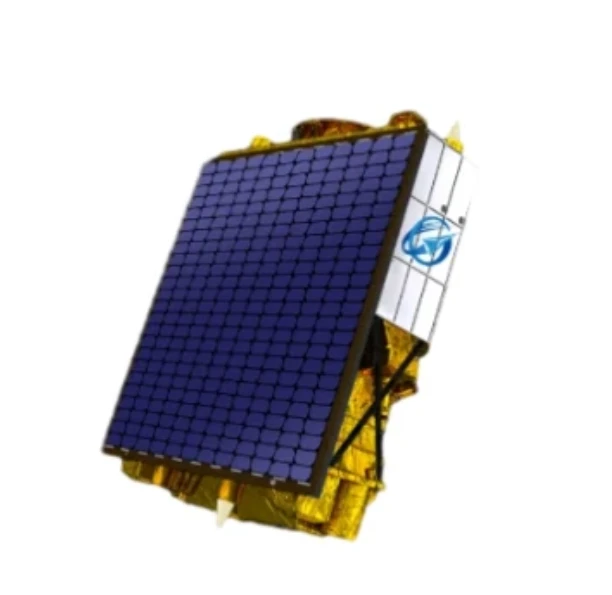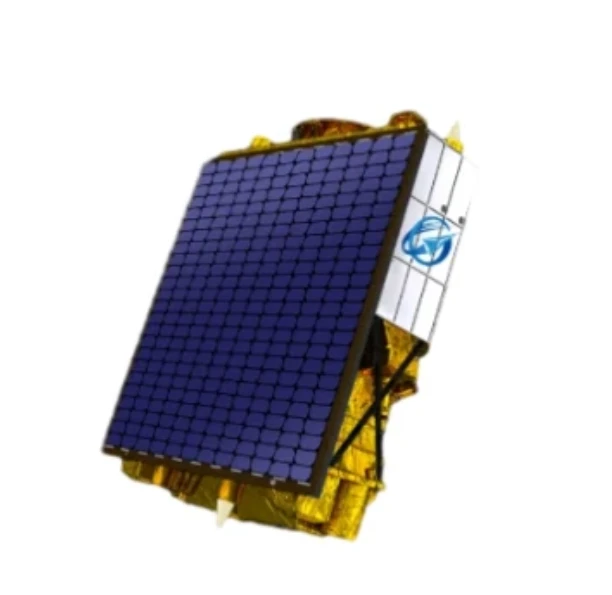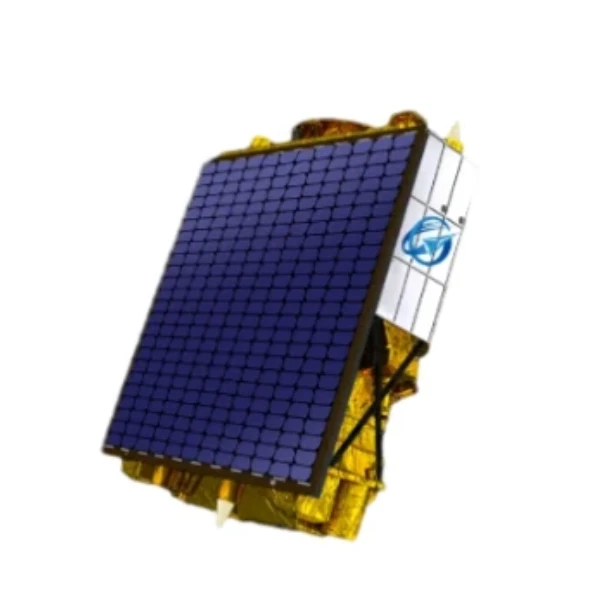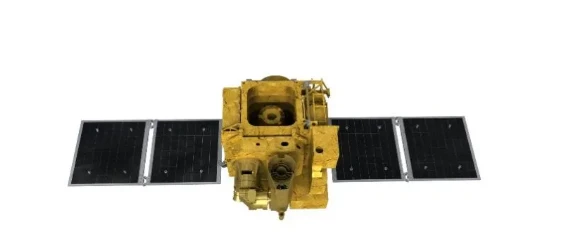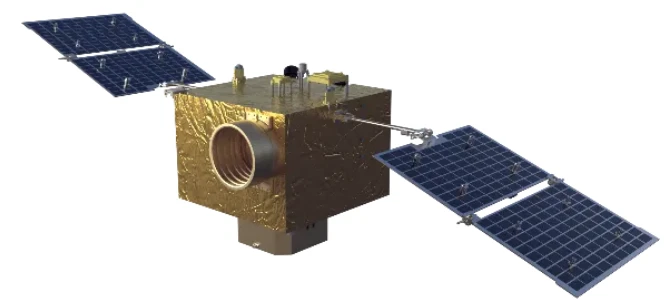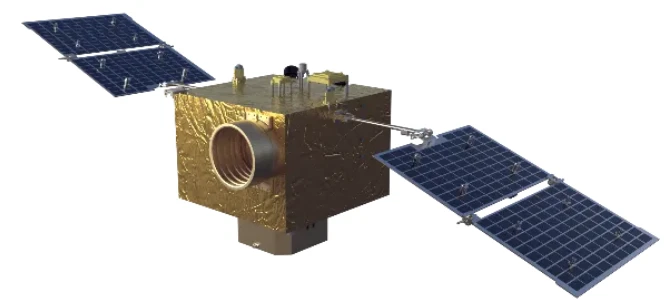
- Afrikaans
- Albanian
- Amharic
- Arabic
- Armenian
- Azerbaijani
- Basque
- Belarusian
- Bengali
- Bosnian
- Bulgarian
- Catalan
- Cebuano
- China
- Corsican
- Croatian
- Czech
- Danish
- Dutch
- English
- Esperanto
- Estonian
- Finnish
- French
- Frisian
- Galician
- Georgian
- German
- Greek
- Gujarati
- Haitian Creole
- hausa
- hawaiian
- Hebrew
- Hindi
- Miao
- Hungarian
- Icelandic
- igbo
- Indonesian
- irish
- Italian
- Japanese
- Javanese
- Kannada
- kazakh
- Khmer
- Rwandese
- Korean
- Kurdish
- Kyrgyz
- Lao
- Latin
- Latvian
- Lithuanian
- Luxembourgish
- Macedonian
- Malgashi
- Malay
- Malayalam
- Maltese
- Maori
- Marathi
- Mongolian
- Myanmar
- Nepali
- Norwegian
- Norwegian
- Occitan
- Pashto
- Persian
- Polish
- Portuguese
- Punjabi
- Romanian
- Russian
- Samoan
- Scottish Gaelic
- Serbian
- Sesotho
- Shona
- Sindhi
- Sinhala
- Slovak
- Slovenian
- Somali
- Spanish
- Sundanese
- Swahili
- Swedish
- Tagalog
- Tajik
- Tamil
- Tatar
- Telugu
- Thai
- Turkish
- Turkmen
- Ukrainian
- Urdu
- Uighur
- Uzbek
- Vietnamese
- Welsh
- Bantu
- Yiddish
- Yoruba
- Zulu
The Rise of the Optical Camera
In a world increasingly dependent on surveillance, image quality and clarity have become paramount. Whether you're monitoring public spaces, protecting commercial assets, or installing a home security system, nothing matters more than seeing the details clearly—and that’s exactly where an optical camera shines. Unlike digital zoom technologies that enlarge a picture after it's been captured, optical camera systems rely on physical lens movement to magnify an image in real-time, maintaining original resolution and detail. This precision makes them the preferred choice in law enforcement, retail security, and critical infrastructure monitoring. As surveillance technology becomes more sophisticated, understanding the value of optical camera systems is key to making informed decisions, especially when clarity could mean the difference between prevention and a missed opportunity.
Zoom CCTV Camera Price: What Affects the Cost of Powerful Surveillance?
One of the most frequently asked questions by security professionals and end-users alike is: What determines the zoom CCTV camera price? The answer lies in several variables. First and foremost, optical zoom capacity—such as 4x, 10x, or 30x—directly impacts pricing. Cameras with high zoom ranges require advanced lenses, servo motors, and focusing mechanisms, which elevate both production and retail costs. Next, sensor quality matters; larger sensors with low-light capabilities are more expensive but offer much clearer footage at long range. Image stabilization, intelligent tracking, and video analytics also play a role in the zoom CCTV camera price. Cameras that can detect motion, differentiate objects, or follow individuals automatically are built with advanced processors and software algorithms that increase cost. Additionally, the camera’s build material, whether weatherproof or vandal-resistant, contributes to overall pricing. Buyers should also consider the price in context with maintenance, software updates, and compatibility with existing systems. An investment in a quality optical zoom camera often justifies itself through reduced risk and higher-quality surveillance footage.
Is Digital or Optical Zoom Better? A Comparative Look at Surveillance Technology
If you've ever been confused between digital and optical zoom, you're not alone. Many security buyers and general users struggle with the question: is digital or optical zoom better? To put it simply, optical zoom uses the camera’s lens to physically adjust focal length, bringing objects closer with no loss in resolution. In contrast, digital zoom merely crops and enlarges part of the image, which often leads to a significant drop in image quality. This fundamental difference has a profound impact in surveillance scenarios. If a suspect’s face or a license plate needs to be identified from a distance, optical zoom maintains sharpness and fine details—crucial for evidence or real-time tracking. On the other hand, digital zoom can work in controlled environments or supplementary systems but shouldn’t be relied on for primary visual identification. Therefore, when making a decision between the two, especially for mission-critical applications, optical zoom is the clear winner. The answer to is digital or optical zoom better becomes more obvious in real-world use: if clarity matters, optical is superior.
Optical Camera Meaning: Understanding the Technology Behind Precision Surveillance
So, what is the optical camera meaning in today’s surveillance and photography lexicon? An optical camera refers to any camera that uses an adjustable lens system to physically magnify or minimize the view of a subject before capturing the image. Unlike digital cameras that depend solely on software to alter images post-capture, an optical camera achieves zoom and clarity through mechanical lens movement, preserving resolution and detail. This is especially critical in applications like military surveillance, wildlife monitoring, and urban traffic control, where the ability to zoom in without distortion is essential. The optical camera meaning has evolved with technology, now encompassing a range of sophisticated systems that include motorized zoom, autofocus, low-light enhancement, and smart tracking. Modern optical cameras also integrate seamlessly with AI software to analyze video feeds in real time. Whether it’s about capturing distant action in a stadium or identifying a suspect in a crowded area, the optical camera meaning stands firmly on clarity, reliability, and real-time magnification.
The Future of Optical Camera Systems in Smart Security Networks
The role of the optical camera is only growing as smart cities and intelligent infrastructure continue to develop worldwide. Future surveillance systems won’t just passively record footage—they’ll analyze behavior, issue real-time alerts, and interact with other devices to form an integrated security network. In such a context, optical camera technology will be indispensable. With clearer footage comes better AI learning, enhanced facial recognition, and more accurate behavioral analytics. In autonomous vehicles, optical cameras help assess distances and detect obstacles. In drones, they capture stable footage from hundreds of feet above. Even in retail, they enable loss prevention teams to zoom in on suspicious activity from control rooms far away. The trend toward miniaturization is making high-performance zoom lenses smaller, while innovations in lens coating and stabilization are improving performance in adverse weather conditions. This evolution means optical camera systems will continue to set the standard for clarity in a world where seeing clearly is no longer optional—but essential.
optical camera FAQs
What is the difference between an optical and digital camera?
An optical camera uses lenses to physically magnify and capture images at full resolution, while a digital camera—or digital zoom—crops and enlarges part of the image, reducing clarity. Optical cameras provide sharper, distortion-free images, especially when zooming, making them ideal for security and professional photography.
How much does a good zoom CCTV camera cost?
The zoom CCTV camera price can range from $100 for basic models to over $1000 for advanced systems with features like 30x optical zoom, 4K resolution, night vision, and AI analytics. The final cost depends on the optical zoom level, sensor quality, image processing features, and durability specifications like weather resistance.
Is digital or optical zoom better for home security?
When choosing between the two, the answer to is digital or optical zoom better is clear: optical zoom is superior. It provides true image magnification without pixelation, which is essential for identifying faces or license plates. While digital zoom may suffice in small spaces, optical zoom is best for outdoor or large-area surveillance.
Can you explain the meaning of an optical camera in simple terms?
The optical camera meaning refers to a type of camera that uses adjustable lenses to zoom in or out before capturing an image. This method retains original image quality and detail, unlike digital methods that rely on software. Optical cameras are used in CCTV, drones, smartphones, and scientific equipment due to their precision.
What should I look for when buying an optical zoom CCTV camera?
When shopping for an optical camera, focus on zoom range (such as 4x, 10x, or 30x), resolution (Full HD or 4K), low-light performance, autofocus speed, and stabilization features. Also consider smart capabilities like motion tracking and remote control. The zoom CCTV camera price should match both your surveillance needs and image clarity expectations.






